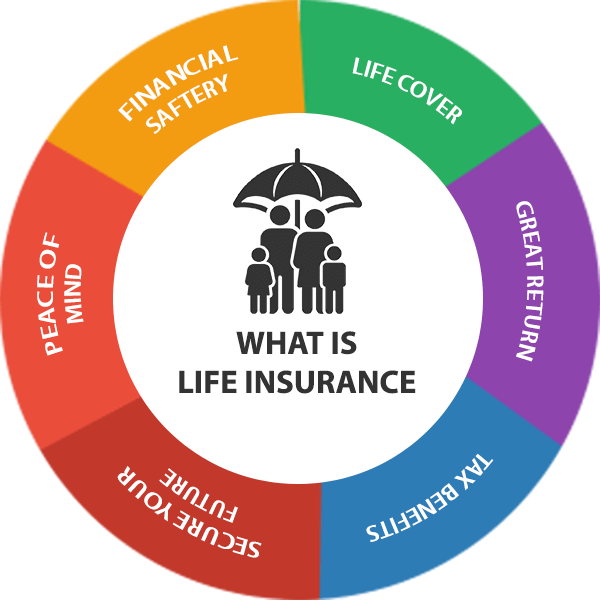This is a guest post from Martin Kelly, Managing Director for the Americas at Terrapinn, a global events, conference and training company.
I grew up in the ugliest town in the UK – Hemel Hempstead. If you don’t believe me read this.
The town centre was certainly no ‘Kings Landing,’ but one building in particular did make an impact on me as a young boy growing up for its sheer size and intensity.
The Kodak Building in the 1990s (Courtesy of http://www.zippix.co.uk/)
To me Kodak represented success – a company to look up to literally and metaphorically.
Now what remains of The Kodak building?
It has been replaced by a block of flats and Kodak, the 130 year old photographic pioneer filed for bankruptcy in 2010 laying off thousands of employees in one of the most remarkable corporate collapses of recent times.
How did this happen?
The camera industry was completely overhauled by disruptive technology, namely the adoption of the digital camera and smartphone.
Why did Kodak executives not see this coming?
Well they certainly knew about the possibility of a digital camera – it was a Kodak employee who invented it back in 1975.
However…
– Profits were high and the balance sheet was healthy – executives did not see a reason to change
– Kodak was tightly aligned with ‘film’ due to sunk costs in chemical production facilities
– Executives placed a high value on customer testing groups who repeatedly stated their preference for film rather than digital
These factors blinded Kodak’s leadership from the danger that lurked just around the corner.
Regarding the test groups…as Steve Jobs famously said, “People don’t know what you want until you show it to them.”
How could a conference have helped Kodak?
The Kodak executives were narrow-minded and focused on making profits that year rather than thinking about the future.
Conferences allow executives to take a step back and think about possibilities; how new trends can be applied to their firm and which new partnerships are needed to fulfill objectives.
If a true disruptor like Steve Jobs had presented a keynote on his vision for how cameras and phones will become one device, this could have persuaded Kodak to adapt. Maybe they would have partnered with a phone company…
In fact, one of Steve Job’s key insights that made the original Macs such a cult success – allowing people to choose different fonts – was gained by sitting in a random lecture on calligraphy after dropping out of college. These kind of serendipitous ideas are often formed at conferences, where an eclectic group of thinkers and topics can be explored in one room.
Of course we don’t know if it would have made a difference, but this is what we should be aiming to achieve as conference organisers. A conference should pose the hard questions and present the possibilities to inspire the communities we bring together.
If we can bring together the innovators and disruptors (even if they don’t specifically operate in that sector) then we can help our delegates think about the issues they need to. Even if they don’t know it yet…in fact particularly when they don’t know it yet!
The mark of any good conference should be to send every delegate away with at least one bright, burning new idea; and one new industry connection that can help drive their business forward. The better the conference, the more ideas and connections each delegate will leave with.
Where can we find innovators and disruptors?
Follow the big trends: robotics, AI, 3D printing, connected technologies, big data, cloud computing – these are changing more and more industries and we need to find the leaders paving the way.
Give your delegates a ‘Kodak moment’ to remember!
Martin Kelly, Managing Director – Americas, Terrapinn
P.S. I recommend everyone take this free MOOC (a disruptive technology itself) on ‘Surviving Disruptive Technologies’ to open up your mind.
If you liked this post, you’ll also enjoy 5 Lessons Conference Organisers Can Learn From YxYY.
Do you run conferences and other educational or networking events? If so, see how Eventbrite can increase your attendance.





